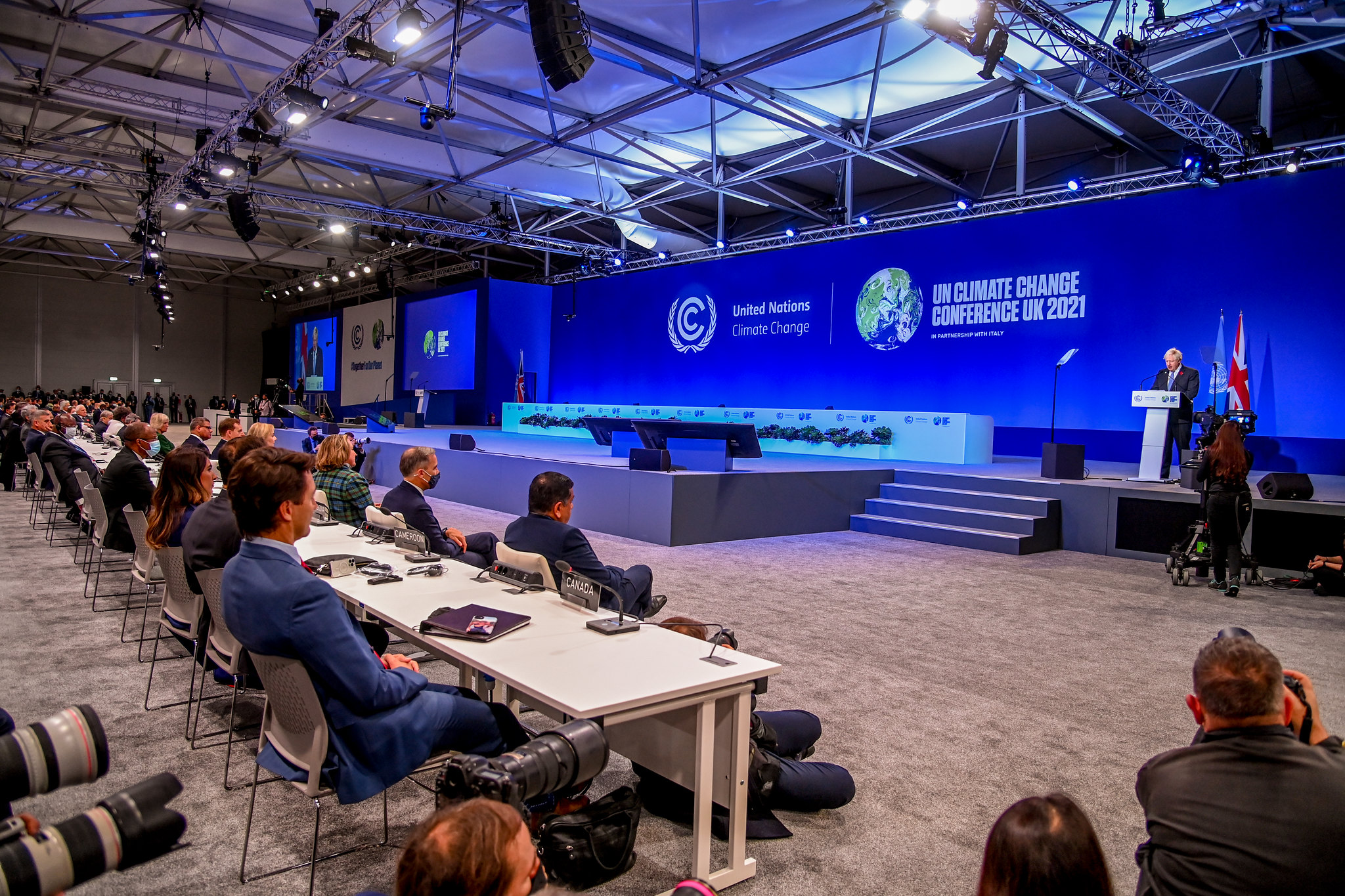Introduction: COP26 & the Lithium Sector
After two weeks of negotiations and discussions by global delegations at the United Nations’ annual climate conference (COP26) in Glasgow, Scotland, the dust is starting to settle on the targets and goals that decision-makers have set out. Nations who have committed to net-zero carbon emissions are being urged to accelerate their transition pace, while countries who have yet to describe their pathway to low-carbon have been told to present one as rapidly as possible. US President Joe Biden, who was in attendance, as well as former President Barack Obama, were quick to ask for more action from global governments in order to keep the world from warming past 1.5°C (2.7°F) by 2100. But what does that mean for lithium?
Rapid Transition
The lithium sector, already benefiting from skyrocketing demand and prices, will no doubt benefit. One key takeaway from the climate summit was that the world is well off-track from its emissions reductions targets, and that commitments made before and during COP26 would lead to a 2.4°C (4.3°F) increase by the end of the century. If world leaders are serious about reducing their emissions, this means a more rapid transition to renewable energy, a fast decarbonization of the transport sector, and less reliance on fossil fuels overall.
Renewable energy needs high-capacity storage, an electric transport sector needs batteries – a reduction in fossil fuels will help drive demand for both of these. Lithium is at the centre of this transition. While there was some confusion over the UN Secretary General Antonio Gutteres’ statement that sustainable development needed to be ramped up, but the mining industry needed to be slowed down, there has been global interest in improving the global lithium supply chain.
Prior to COP26, Bloomberg’s Nikos Chrysoloras had already identified renewable energy storage and lithium supply chain-adjacent industries as major winners.“The market for makers of wind turbines, solar panels, lithium-ion batteries, electrolyzers and fuel cells could be $27 trillion if the world gets on track for net-zero emissions by 2050, according to estimates by the International Energy Agency (IEA).” The same IEA report also called for $4 trillion in investments into the clean energy sector, and following COP26 pundits have called for making lithium technology more accessible to poorer nations seeking to decarbonize.
Using Lithium for Development
Development of lithium extraction opportunities and related supply-chain industries in developing economies could also help drive local sustainability programmes while meeting global demands for lithium. Daisy Mukarakate explains a potential case-study in Africa, “Lithium-rich countries could explore the local manufacture of lithium-ion batteries to tap into local, regional and global electric vehicle and solar industry markets. At the same time, they can contribute to meeting their national targets stated in their Nationally Determined Contribution (NDCs) under the Paris Agreement on climate change.”
A positive for both developing and developed economies, the integration of a lithium-based economy could ensure an equitable access to lithium technology and a low-carbon future. This is already set to be evaluated in Bolivia, and could serve as a blueprint worldwide. These projections and ideas were already being made ahead of the climate summit in Glasgow, the urgency now feeding international markets to decarbonize following the completion of COP26 will only emphasize the need for more sustainable lithium projects.
Conclusion: COP26 Emphasizes Lithium’s Importance
If global governments are serious about their plans to decarbonize and work towards sustainable solutions, then lithium will play a major role in the rapid shift to a low-carbon global economy. Even if world leaders are unable to carry out actions on time, the private sector’s own willingness to transition to a cleaner economic model will ensure that lithium will be a crucial element. No one can deny the need to move towards green energy and sustainable living, and whether it is led by the private or public sector, COP26 has shown that the world will be relying on lithium to get it there.
As such, this year’s climate change conference has ensured that the lithium sector will continue the upward trajectory that it has enjoyed in recent years. Lithium is necessary for any transition towards a low-carbon future, and is already integral to the plans of several countries. With the world not on track to meet carbon emissions reductions and limiting global warming, the need for a rapid shift towards EVs, renewable energy and their associated batteries is clearer than ever – and this is a clear win for the lithium sector.

